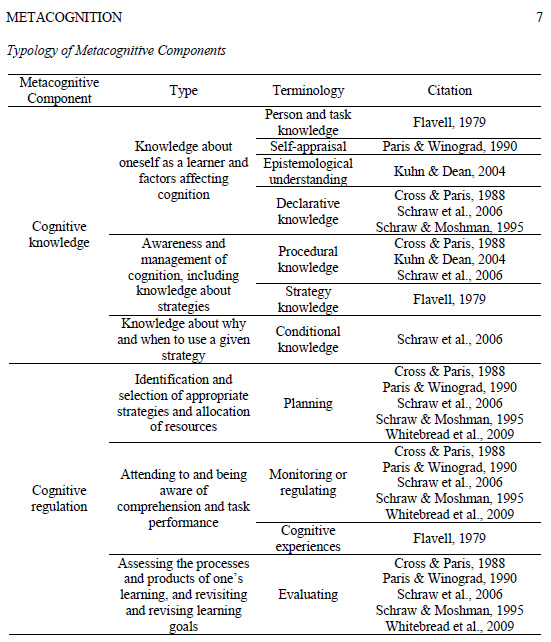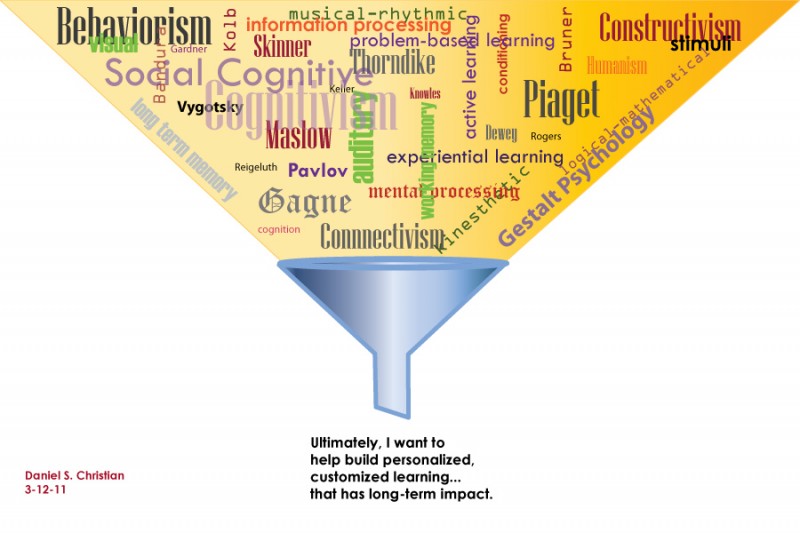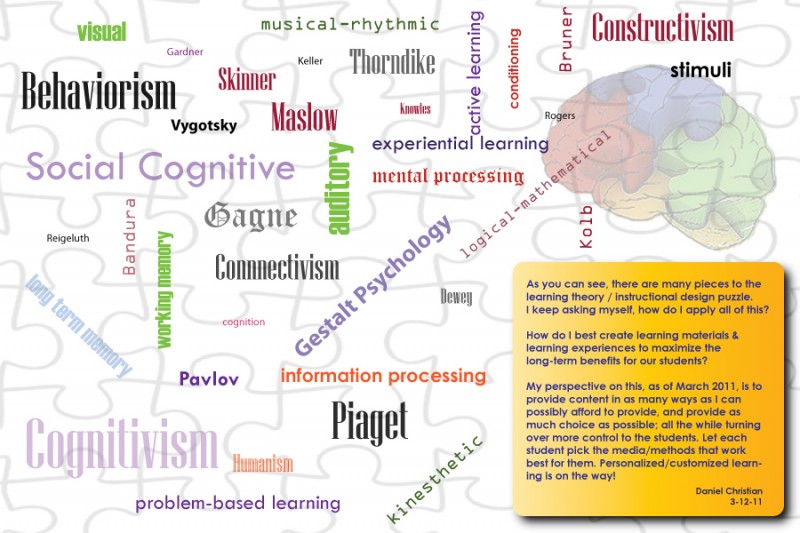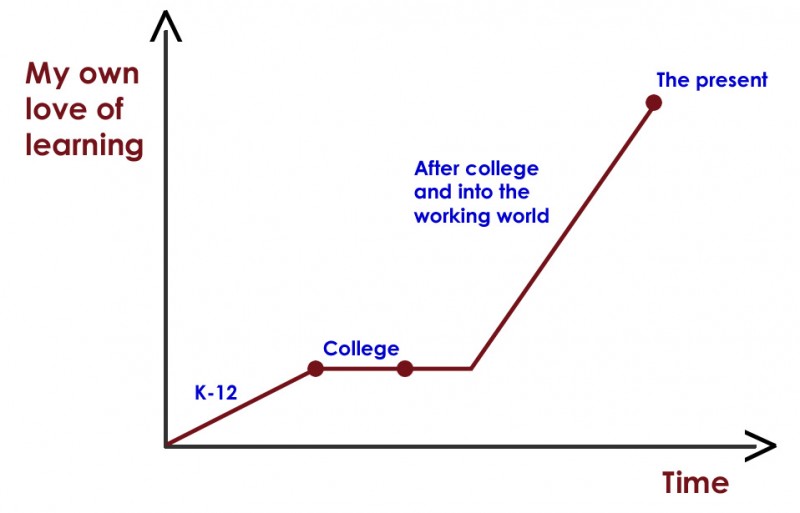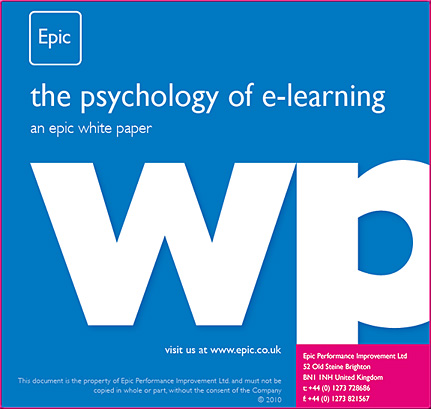The definition of metacognitive skills in education — ehow.com by Gilbert Manda
Excerpt:
Controlling your thinking processes and becoming more aware of your learning is called metacognition. Metacognitive skills make you aware of your own knowledge, the ability to understand, control and manipulate your own cognitive process. In short, you learn to learn. It is important to know the process of learning and understanding your own approach to it.
From DSC:
I wish that scholars would write their articles/research findings up in two formats:
1) One format being targeted to other scholars/researchers
and
2) The second format being targeted to those folks outside academia who might benefit from it
This article is not from a scholarly journal, but it references some scholarly sources such as those from Purdue University and Midwestern State University; however, it is much more readable and useful to me — and probably to many others. It is written in language that more people can understand and work with. Academia needs to start being more relevant like this — speaking to audiences outside ourselves; especially when we are asking them to pay many of the bills.
How can we help students develop better metacognitive skills? What strategies can we offer while they are studying a particular lesson?









